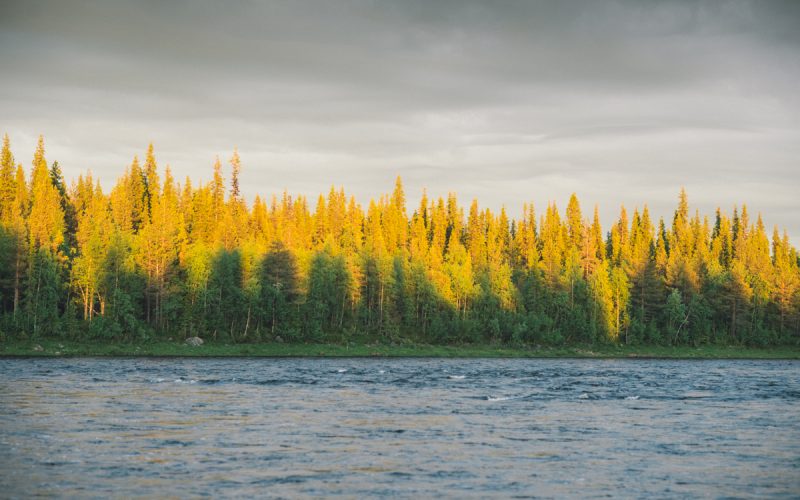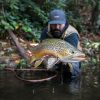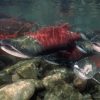3 September 2019 | Jono Winnel
The hire van rolls up at the airport, the roller door slides open and I am greeted by familiar faces ready with big hugs and goofy grins. Pre fishing trip giddiness is in the air. We are in northern Sweden, about to embark on a mission to catch a Baltic salmon. Bags and fishing rods are thrown in the boot and we set a course for Pajala, on the border between Sweden and Finland, and the Baltic salmon capital of the world.
We had attempted a similar trip last year, but things were a little different. Extremely high temperatures had resulted in wildfires inside the arctic circle and abnormally high water temperatures, leading to the temporary closure of some rivers. Whilst this year is looking more promising, the challenges facing the continued survival of Baltic salmon in Sweden are various and compounding, and include: barriers to migration, over-harvesting, habitat destruction, impacts of hatchery released fish, disease outbreaks and pollution. Similar factors are impacting salmon populations across the world, so much that international efforts to steer the tide of extinction have culminated in calling 2019 the International Year of the Salmon. Our impacts on salmon have reached a critical point.
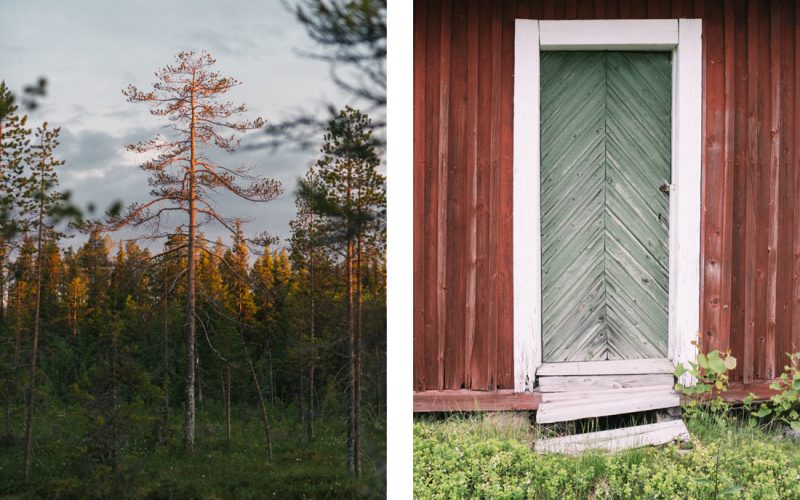
Quaint Swedish landscapes fly past our windscreen at 100 km per hour. Little red houses, never ending green forests of pine and spruce, lily pad lined lakes, marshes and rivers. Big beautiful wide and powerful rivers. We make a pit stop at the roadside cafe at the Jockfall waterfall. Inside it is like a shrine to the Baltic salmon, with salmon paintings adorning the wall, a large stuffed salmon, salmon fishing tackle, salmon plush toys, mugs and tea-towels. For those that live along these rivers, salmon really is king. Down on the bridge across the waterfall I stare in awe. The Jockfall waterfall is impressive, and it is hard to imagine anything overcoming such an immense obstacle. The sheer volume and force of water pouring down the 9 metre drop is extraordinary. I take walk to the fish ladder and read the statistics on the information board. Between 5000-13000 salmon make it past Jockfall each year to spawn. It’s like the river comes to life with salmon.
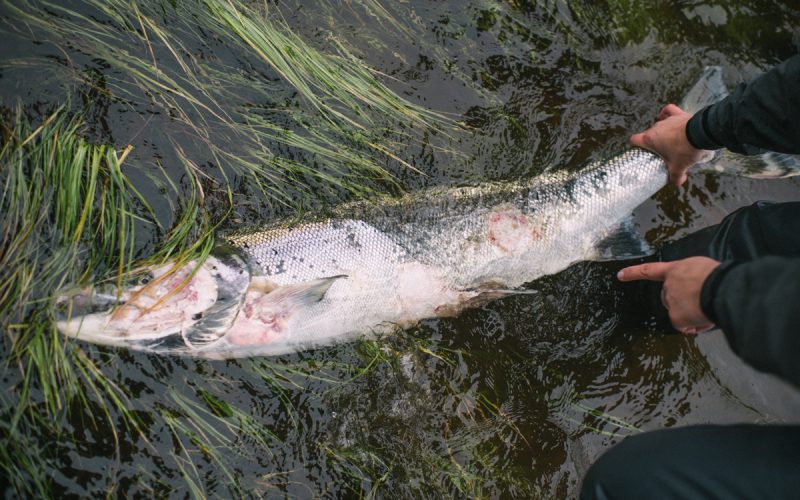
The importance of salmon is not only deeply rooted in the history of Sweden and for the people that live along the rivers, but it is also important economically. Anglers travel from across Europe and the world to Sweden to catch Baltic salmon. The economic value of a single salmon caught via sport-fishing can be as much as 30 times the value of a commercially caught salmon. This is including the value of tackle, travel, lodging, food, licenses and guiding. Furthermore, the impact of each industry on the population of salmon is vastly different, the number of salmon killed from sport fishing compared to commercial fishing is minuscule. Such disparity in the revenue from each industry and the relative impacts on the salmon population lead to the banning of commercial fishing for salmon in large parts of the Baltic Sea. The impact this has had on Baltic salmon was immediately felt with the return runs of salmon in the following years substantially higher than before.
We arrive on the Torne River at the well known Kengis Bruk beat. The Torne is like nothing I have ever seen before. It’s massive, and clear flowing. This is not a river as I know it, and there is no word in my vocabulary to accurately describe it. The Torne and Kalix rivers together account for the vast majority of Baltic Salmon. Of the 80 rivers in Sweden that once held salmon, there are 16 left, and in 11 of those 16 the salmon returns are so small that they are teetering on extinction. Of the remaining 5, the Torne and Kalix, the two northern most rivers in Sweden, account for the majority of wild Baltic salmon.
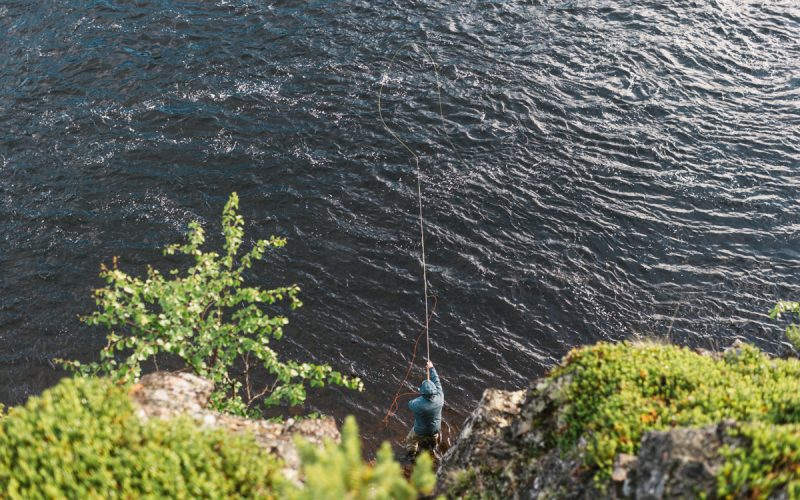
The gillie leads me through the beat. He points to a rock to cast towards to get the perfect swing for this hole. I begin to cast and the fly catches on the grass with my back cast. The gillie kindly jumps over and frees it. Next cast and the fly catches on my rain jacket, giving it a new ventilation point. I struggle to remove it. Next cast and the fly is in the water, salvaging what little pride I have left in my casting ability. The fly swings and I rotate 90 degrees with it. I move down a step and repeat. And then on the next swing, my third ever cast for a salmon, I feel a rock on the end of my line. Or a whale? Whatever it is, it erupts and shakes the surface. It’s a salmon. Oh. My. God. It spits the hook and my jaw must have hit the water as I looked to my comrades on the bank. They were jumping, screaming and laughing. The excitement of hooking a salmon is shared by everyone on the water. That was my closest encounter with a salmon for this trip, and perhaps best that it was left that way. Salmon is a fish that you have to suffer to catch. The fish of a 1000 casts. I didn’t yet feel deserving.
As part of the International Year of the Salmon, CTS will now be donating $5 (NZD) for every Affinity DQ and Affinity Skagit blank sold to the Wild Salmon Center to go towards helping conserve wild salmon populations.
Photos: Jono Winnel
